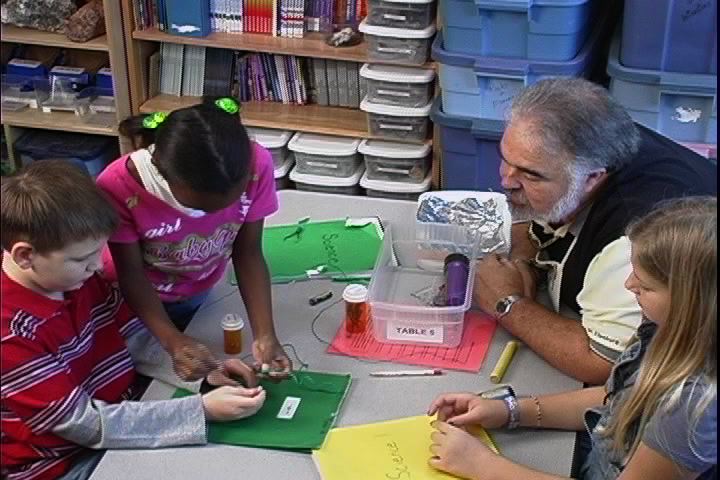I recently reread an old favorite -
Ready, Set, Science by Michaels, Shouse and Schweingruber (National Research Council) and came upon something that I have immediately posted and talked about with my students. I invite you to look it over and consider this thoughtful alternative to "class rules".
Student RightsYou have the right to make a contribution to an attentive, responsive audience.
You have the right to ask questions.
You have the right to be treated civilly.
You have the right to have your ideas discussed, not you, personally.
Student Obligations
You are obligated to speak loudly enough for others to hear.
You are obligated to listen for understanding.
You are obligated to agree or disagree (and explain why) in response to other people’s ideas.





























